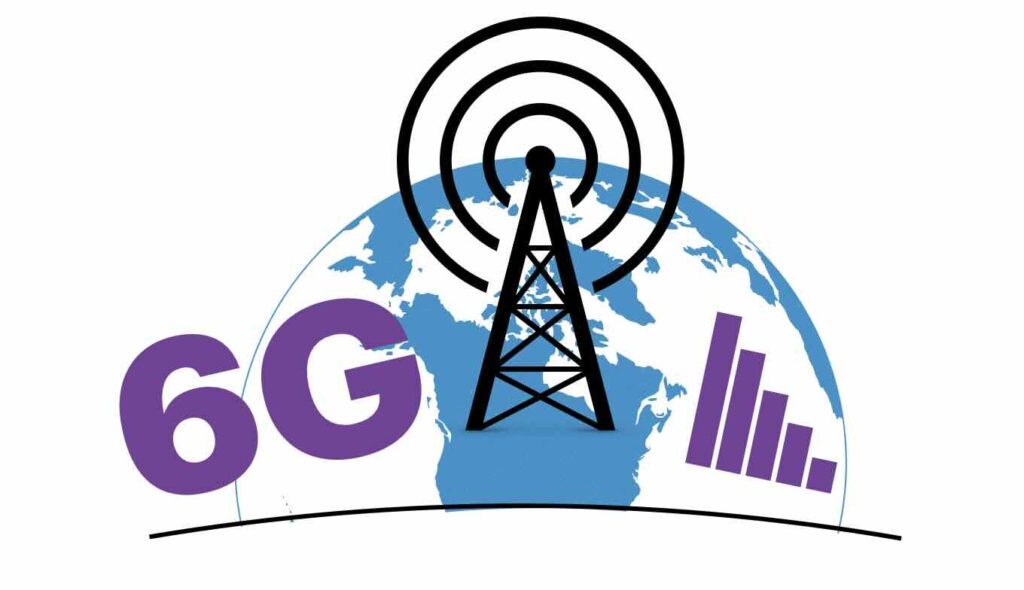The development of 6G cellular service is already sparking conversations and research, even as 5G continues its global rollout. To bring 6G to life, major advancements will be needed across multiple areas—from infrastructure to policy and technology. Below, we’ll explore the key factors that will determine how and when 6G can become a reality. 1. […]

Subscribe to Our Newsletter
Stay Updated!
Once a month newsletter that summarized all of our blog posts.

